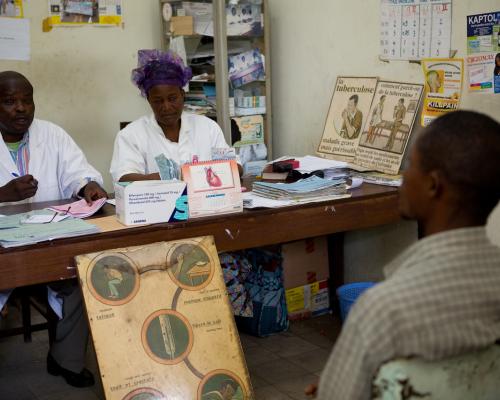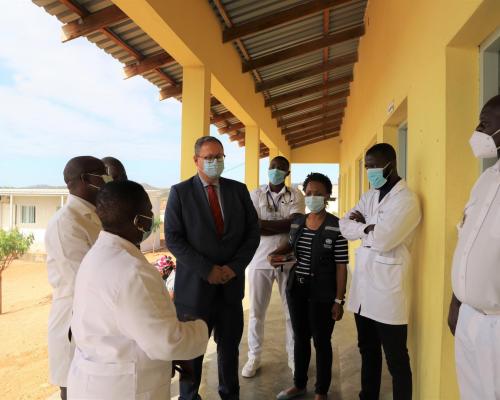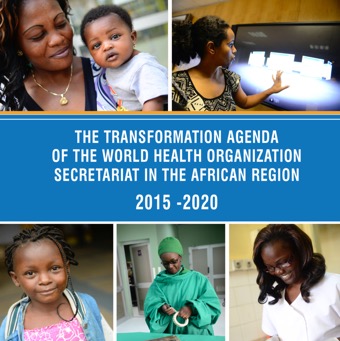Remarks by WHO Regional Director for Africa, Dr Matshidiso Moeti
I would like to say a warm welcome and thank you to all the journalists who are joining us today and of course, a lot of thanks to our APO Group colleagues.
I am so very pleased to be joined by Mohamed Fall, my colleague and friend and the UNICEF Regional Director for Eastern and Southern Africa, to discuss the re-opening of schools, because this issue needs to be addressed with the same urgency that we have seen in opening-up economies and businesses.
Children are our future, and education is a pathway out of poverty towards prosperity and better health for the African continent and for the world.
The decision to open schools or not, amid the pandemic, is a difficult one. But we must find the right balance to avoid trading one adversity for another.
The longer that children are out of school, the greater the risk that they may not return. School closures are potentially exacerbating risks of teenage pregnancies, violence against children, of substance abuse, of anxiety, loneliness and isolation.
At least 18 million children in Sub-Saharan Africa benefit from school meals, and in households that are struggling to make ends meet, children being out of school contributes to increased food insecurity.
Modelling by the World Bank indicates that school closures in Sub-Saharan Africa could lead to losses in lifetime earnings of 4500 US dollars per child. This is something clearly that we cannot afford.
So WHO’s advice is to weigh the risks, to use the data on COVID-19 cases in the locality to guide decisions on re-opening, and to put in place measures to enable physical distancing, like spacing desks, moving classes outside, and staggering start and finish times, as well as ensuring students wear masks and are able to wash their hands.
There are substantial challenges to overcome. Only around one in five schools in Sub-Saharan Africa, for example, has soap and water available for students. Fewer than one in five households has internet access, making it difficult to move learning online.
The perception of risk is also low among some young people, but even though they may only experience mild symptoms, their teachers, and the elders they live with may be at high risk of contracting COVID-19 from infected young people and developing severe illness.
Furthermore, when opening schools, strong surveillance, testing, isolation and contact tracing capacities are also important, to quickly detect and respond in the event of flare ups within and outside the school.
As we move forward, a collective effort is needed to shield older people and those with underlying illnesses, and we can do this by wearing masks, washing our hands frequently, and keeping a distance from each other.
We are continuing to see fewer cases reported in the WHO African Region, dropping from 73,000 new cases last week, to 55,000 new cases in the past seven days. Reductions in cases in South Africa are largely driving this change. This progress is encouraging, but we cannot be complacent, cases are continuing to increase in some countries, particularly as borders, businesses and schools are opening up.
I look forward to our conversation today and I thank you again so much for joining us here.


